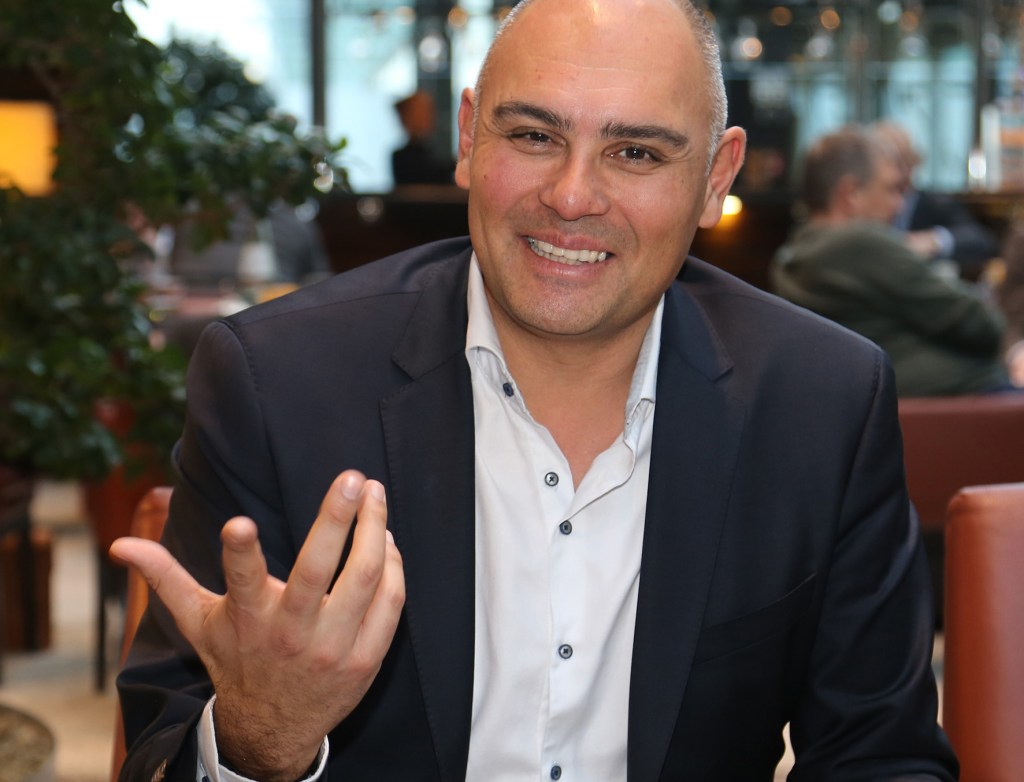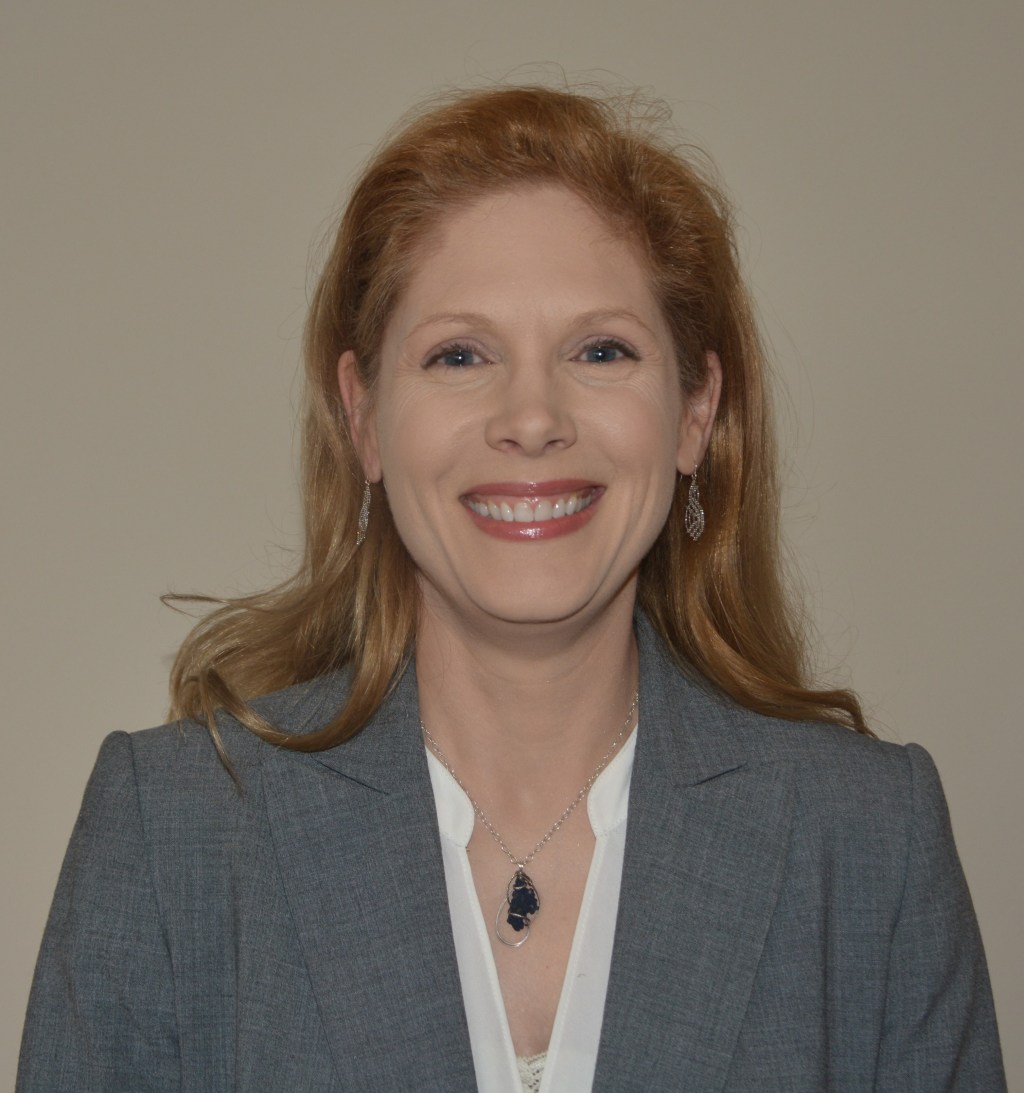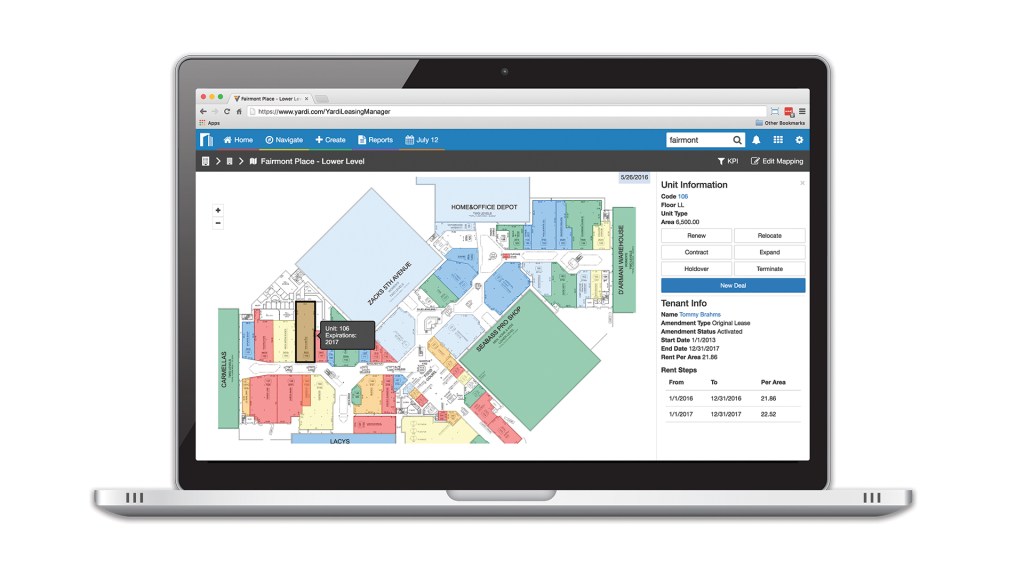The Power of Data
Insight from Richard Gerritsen, Yardi
Editor’s note: Richard Gerritsen is regional director for Yardi’s sales team, based in Amsterdam. The following piece appeared in Property Week and is reprinted here with permission. The tech giants of the world – the likes of Google, Facebook and Amazon – are putting all their efforts into gathering, analysing and monetising data about our […]










